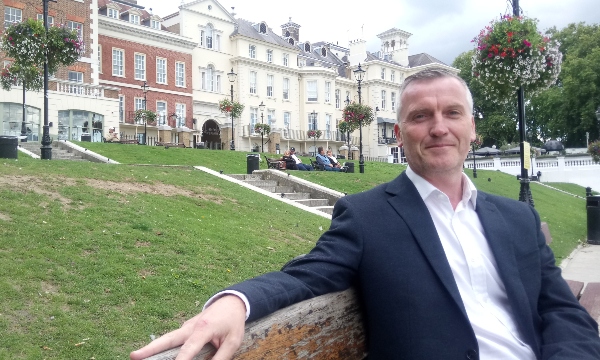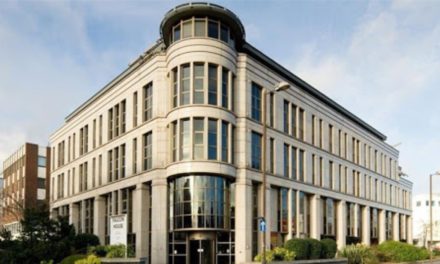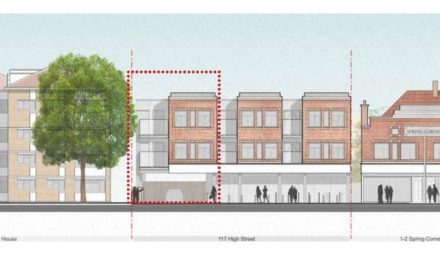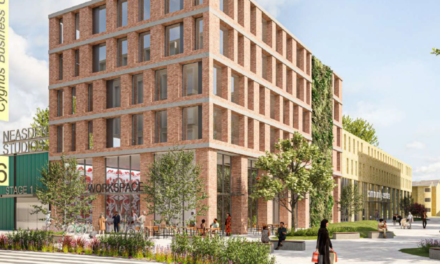Gareth Roberts, the leader of the London Borough of Richmond upon Thames council and Liberal Democrat candidate for the South West London Assembly constituency seat, writes exclusively for London West on the challenges faced in Richmond.
The late Keith Joseph, one time Minister for Housing and Local Government, has a lot to answer for. For it was under his watch that the old county boundaries, and in some cases the counties themselves, were abolished and Greater London came into existence. It’s no exaggeration to say that some residents of the outer London boroughs created as a result of that change still bear a grudge. Like Mary Tudor, when they die you will find ‘Middlesex’ engraved on their heart.
My home borough of Richmond upon Thames, and the local authority of which I am Council Leader, is a case in point. For while it may rejoice in the title of ‘London Borough’ it has to be said that even the most generous-minded person would struggle to describe Richmond as ‘Metropolitan’. And this leaves Richmond with something of an identity crisis; London by name but arguably not London by nature.
It is this identity crisis that provides both the greatest challenge and the greatest opportunity to those who take an interest in the future development of the borough. It is no longer possible for Richmond to set itself against development at any cost. This policy was firmly stuck to by the previous Conservative administration, decrying anything over four stories as marking the ‘Croydonisation’ of the borough and insisting upon labelling the borough’s various towns and locales as ‘villages’.
While this stance may have played well with their voter base, it was fundamentally dishonest. Richmond has a growing population and an increasing need for housing, however, we have very little in the way of developable space. When faced with a situation where you can’t build outwards, you have to build upwards. Therefore, if there was ever an ambition to meet housing needs, that ambition would never be met by simply opposing higher buildings. A policy that did so simply kicked the can down the road. Furthermore, while that approach may have been politically sustainable while the Council enjoyed protection and patronage during Boris Johnson’s tenure at City Hall, Sadiq Khan has other ideas.
Twice in the last twelve months Mayor Khan has made unwelcome interventions on two key development sites in the borough. In the case of Manor Circus, he overturned the refusal decision against five blocks ranging from 4 to 11 stories on a confined site where the predominant height of existing local buildings is just two stories. On the other site, Stag Brewery, he is demanding greater height & density on a development which, after well over a year of careful negotiations between borough and developer, had arrived at a scheme which provided levels of housing and height of buildings which, while challenging, were sympathetic to the needs and heritage of the area.
As a borough, we recognise we have challenging housing targets that must be met and we are more open than our predecessors to development within the borough. We even recognise that appropriate height is nothing to be afraid of as long as the design is good and is appropriate in the context. We understand some residents don’t share that view but we’re willing to have honest discussions with them about the opportunities that development can deliver and not just focus on the challenges posed.
Take, for example, our determination to solve the long running problem of Twickenham Riverside. The ghosts of past battles, where developers, architects, and administrations tried to develop a scheme, haunt the site, and names such as Dawnay Day, Zogolovitch, Countryside and Terry are spoken of in hushed, pained tones.
However, there is now a cause for optimism. The new designs from Hopkins, which include a mixed-use scheme including residential alongside retail, F&B, and public open space, are being warmly received by residents and for the first time in decades, there is a belief that a scheme can be delivered. A key difference in this development is that the Council is investing in the scheme. Previous schemes had always required a break-even at best, a small loss at worst, whereas this time we’re investing. We realised that if we wanted to attract a world class architect, provide much needed housing including affordable housing and create a riverside destination for resident which would be used and enjoyed for decades to come then we’d need to put our financial weight behind it.
It should be recognised that while the vast majority of residents are supportive of the Hopkins scheme there are those vocal, entrenched opinions that are determined to resist any residential development on the site and, as mentioned earlier, we need to have honest, even frank, conversations about why residential development on such sites is not just a matter of financial necessity, it’s a matter of social imperative.
Should, as seems likely, Sadiq Khan gets his second term as Mayor of London he would do well to pay greater attention to what it is that makes the outer London boroughs so special. Yes, there are boroughs who are willing to embrace height and density levels which are more suited to Central London, but he must remember there are those, Richmond included, that are not. It would be easy for the Mayor to dismiss this as NIMBYism, but it is no such thing. We understand our neighbourhoods and we understand our residents. If the Mayor seeks to solve his London-wide housing shortage by imposing central London levels of development on the outer London boroughs such as ours he can expect to be met with resistance. However, if he wishes to approach boroughs such as ours in the spirit of co-operation he will be warmly received but it must be to deliver a development that meets the needs of the individual boroughs, not the needs of City Hall.
© London West (powered by ukpropertyforums.com).
Sign up to receive your free monthly London West newsletter here.













